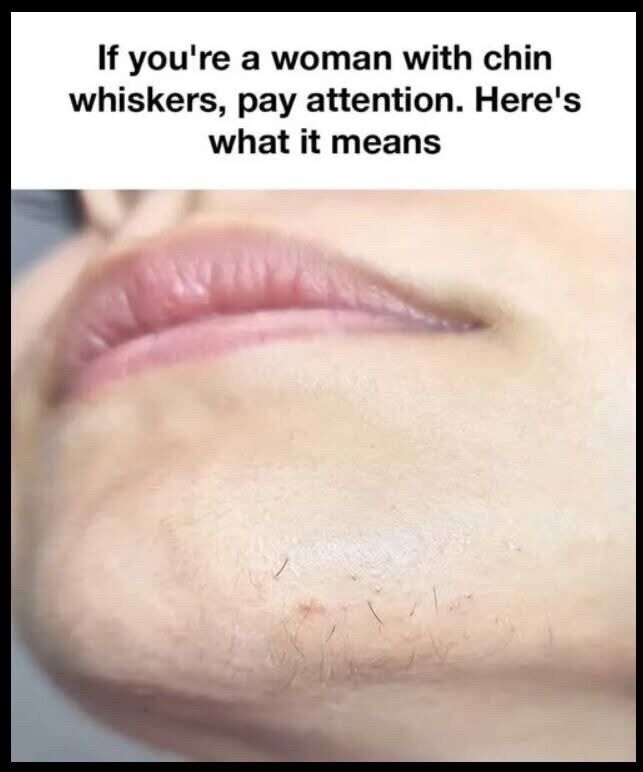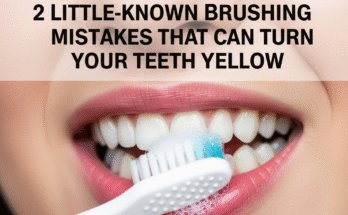
Facial hair, especially chin whiskers, is a topic many women shy away from—but it’s far more common than most people think. In fact, millions of women around the world experience some degree of hair growth on the chin. Whether it’s a single coarse strand or a cluster of fine hairs, this natural occurrence is often met with confusion, frustration, or embarrassment. However, understanding the causes behind chin whiskers is essential—not just for managing them effectively, but also for embracing the fact that they’re often a completely normal part of being a woman.
What Do Chin Whiskers Look Like?
Chin whiskers can vary widely in appearance. Some women may notice a few thin, light-colored hairs that are barely visible. Others might find darker, thicker strands that are more noticeable against the skin. The frequency and density of the hair can differ from one individual to another, and in some cases, the hair may become more prominent over time.
Why Do Women Grow Chin Hair?
Several factors can contribute to the growth of chin whiskers in women:
- Hormonal Changes: Hormones are the most common reason behind unexpected facial hair growth. During puberty, pregnancy, or menopause, the body undergoes shifts in hormone levels—especially androgens like testosterone—which can stimulate hair follicles in new areas, including the chin.
- Genetics: Your family history plays a significant role in determining whether or not you’ll experience facial hair growth. If your mother, grandmother, or sisters have chin whiskers, there’s a good chance you will, too.
- Age: As women get older, particularly during and after menopause, estrogen levels decrease, leading to a natural increase in androgen activity. This can cause new hair to appear in places like the chin, upper lip, and jawline.
- Polycystic Ovary Syndrome (PCOS): This common hormonal disorder affects how a woman’s ovaries work and can lead to symptoms such as irregular periods, acne, weight gain, and excessive hair growth (a condition known as hirsutism), including on the chin.
- Other Medical Conditions: In rare cases, chin hair growth can be a sign of a more serious issue such as adrenal gland disorders or hormonal imbalances related to thyroid function. If the hair growth appears suddenly, increases rapidly, or is accompanied by other symptoms, it may be worth discussing with a healthcare provider.
Is It Normal to Have Chin Hair?
Yes, it is absolutely normal for women to have chin hair. In fact, most women will develop some facial hair over the course of their lives. It only becomes a concern when there is a sudden increase in growth or if it’s affecting your self-esteem or comfort. In those cases, it’s wise to explore the underlying cause with a doctor.
Managing Chin Whiskers: What Are Your Options?
For those who want to manage or remove chin hair, several options are available:
- Tweezing: Quick and easy for occasional stray hairs.
- Waxing or Threading: Removes multiple hairs at once and can last longer than shaving or plucking.
- Laser Hair Removal: A more permanent solution that targets the hair follicle.
- Electrolysis: FDA-approved for permanent hair removal, though it can take multiple sessions.
- Topical Creams: Prescription treatments like eflornithine (Vaniqa) can help reduce hair growth over time.
If your facial hair is due to a hormonal imbalance, addressing the underlying issue—such as with birth control pills or anti-androgen medications—may also reduce hair growth over time.
Final Thoughts
Chin whiskers might feel like a taboo topic, but they’re a natural part of life for many women. Whether they’re caused by hormones, genetics, or health conditions, they don’t define your beauty or femininity. The most important thing is to understand your body, monitor any changes, and seek guidance if something feels off.
At the end of the day, facial hair in women is not a flaw—it’s biology. And with the right knowledge and approach, there’s nothing to be ashamed of.


